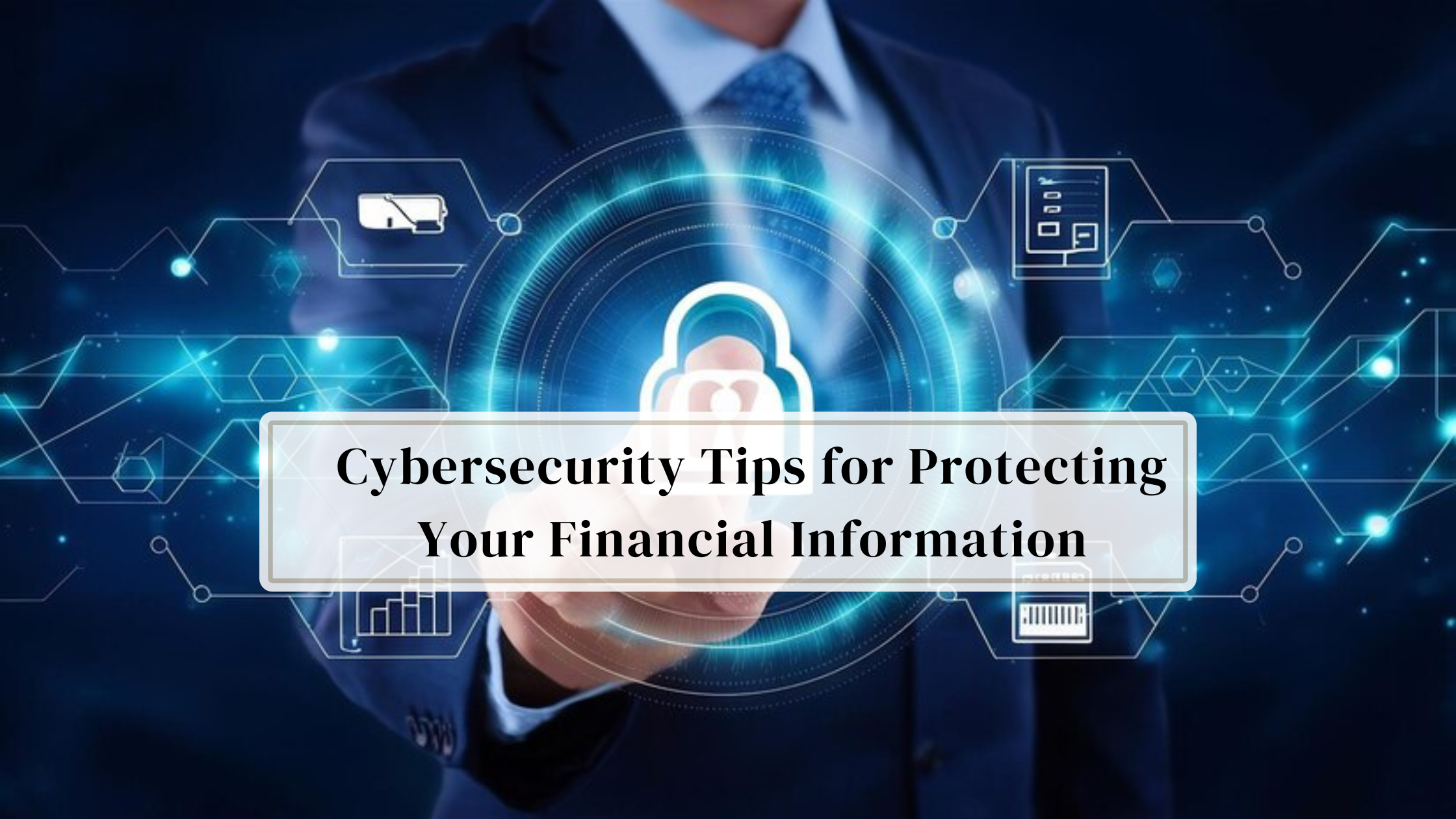Are you confident that your financial information is safe from cyber threats? In the current digital age, the security of your financial data is more crucial than ever. Staying one step ahead is necessary as cybercriminals become increasingly sophisticated in their attack methods. A breach can cause harm, like losing money or damaging your reputation. But how can you protect your sensitive finances from falling into the wrong hands? Let’s explore some practical cybersecurity tips that will help safeguard your financial assets and provide you with peace of mind.
Here are some valuable tips to help protect your financial data from cyber attacks:
A. Recognizing Common Cybersecurity Attacks
1. Phishing Scams: Identify Suspicious Emails and Websites
Phishing scams are attempts by malicious actors to trick people into providing sensitive information such as passwords, credit card numbers, or personal details. These scams often come in emails or messages that look real but are actually fake. Common signs of phishing include urgent requests for information, grammatical errors in messages, and suspicious links or attachments. It’s vital to be cautious and verify the authenticity of emails and websites before sharing sensitive information.
2. Malware: Protect Your Devices from Harmful Software
Malware, which means malicious software, is harmful programs that can harm computers and networks. Examples are viruses, ransomware, and spyware. To stay safe from malware, install good antivirus software, update your computer and apps, and don’t click on URLs or download files from unknown sources.

3. Social Engineering: Be Wary of Manipulative Tactics
Social engineering is a technique cybercriminals use to get people to share secret information or do things that aren’t safe. They might pretend to be someone else, makeup stories, or offer tempting things to make you give away personal or financial details. It’s crucial to be careful about emails or calls asking for such information. Always check if the person is who they say they are, and don’t share anything sensitive unless you’re sure it’s safe.
B. Implementing Secure Password Practices
Creating Strong and Unique Passwords
Creating strong and special passwords is essential for protecting online accounts from unauthorized access. A strong password should contain letters (uppercase and lowercase), numbers, and symbols. To keep your passwords safe, don’t use easy-to-guess things like birthdays or names. Instead, think about using a password manager. It can create and store strong passwords for you safely. It’s also advisable to change passwords regularly to reduce the risk of account compromise.
C. Securing Your Online Accounts
Enabling Two-Factor Authentication
Two-factor authentication (2FA) makes online accounts more secure by requesting two verification forms before gaining access. This typically involves something the user knows (like a password) and something they have (such as a code sent to their phone). Enabling 2FA can significantly minimize the risk of unauthorized access, especially in the event of password theft or phishing attacks.
D. Safeguarding Your Financial Transactions
Using Secure Internet Connections
When conducting financial transactions online, it’s crucial to use secure internet connections to protect sensitive data. Avoid using public Wi-Fi networks for financial activities, as these networks may not be encrypted and can be vulnerable to interception. Instead, use a secure, private network or leverage a virtual private network (VPN) for added encryption and security.
Verifying Payment Information Before Making Transactions
Before making any financial transactions online, carefully verify the recipient’s details and the transaction amount. Make sure the website’s URL starts with “https:// such as https://timothyrobertsllc.com/”and recheck for a padlock icon in the address bar. This shows that the connection is secure. Be cautious of phishing attempts or fraudulent websites designed to steal payment information.
E. Regularly Updating Software and Apps
Regularly updating operating systems, browsers, and applications is crucial for maintaining security and protecting against vulnerabilities exploited by cybercriminals. Software updates frequently include security patches and fixes for known vulnerabilities, so enabling automatic updates or checking for updates regularly is essential. Make sure to download updates only from trusted sources or official repositories to avoid accidentally downloading harmful software disguised as updates.
Final Outcome!
By following these comprehensive cybersecurity tips, individuals can significantly enhance the protection of their financial information and reduce the risk of falling victim to cyber-attacks. Staying informed, practicing secure habits, and using technology tools can go a long way in safeguarding digital assets against evolving threats.


